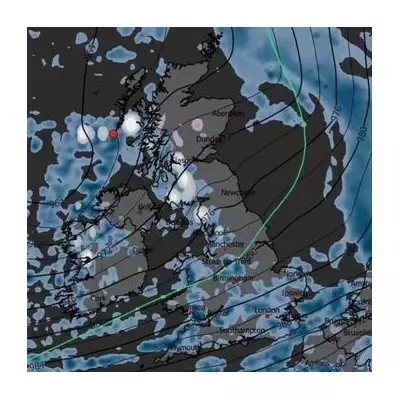
Australians should brace for a damp and potentially soggy spring, with the Bureau of Meteorology (BOM) issuing its seasonal outlook, signalling a higher chance of above-average rainfall for large swathes of the country.
The forecast, hot on the heels of one of the wettest autumns on record for many regions, suggests a continued trend of wet weather, particularly for the eastern states and northern Australia. This persistent moisture elevates the significant risk of flooding, as many catchments remain already saturated.
Widespread Soaking on the Cards
The BOM's modelling indicates a 60% to 75% probability of exceeding median rainfall from September to November for almost the entire eastern seaboard—stretching from Cape York in Queensland down to eastern Victoria—and most of the Northern Territory.
"The key message from the outlook is that we're looking at a wetter-than-average spring for many areas," a senior BOM climatologist stated. "This is following on from an exceptionally wet autumn, so the landscape is very full, and our dams and rivers are high."
Climate Drivers Behind the Damp Forecast
Two primary climate phenomena are influencing this prognosis. The first is the persistent warmth in the oceans surrounding Australia, particularly in the tropical north, which provides a rich source of moisture for rain systems.
Secondly, the bureau is officially on La Niña WATCH. This means there is now approximately a 50% chance of the cooling Pacific pattern—a notorious driver of wet weather in Australia—re-developing later in the spring. This has significant implications for the severity and duration of the rainfall season.
Temperature and Regional Variations
While the north and east prepare for rain, the temperature outlook is less uniform. Daytime temperatures are likely to be below average for parts of southern Australia, partly due to increased cloud cover and precipitation. In contrast, northern regions can expect warmer days, with most of the country likely to see warmer-than-average nights.
The forecast offers little reprieve for farmers in the south-west of Western Australia, who are hoping for breaking rains. The region is favouring a drier-than-average season, continuing a long-term trend of declining winter and spring rainfall.
Flood Risk Remains a Primary Concern
The overarching warning from the bureau centres on flood risk. With water storage levels high and soils sodden from previous rains, it won't take significant rainfall to cause renewed river rises and flooding. Communities are urged to stay informed through official BOM warnings and to have an emergency plan in place.
This spring outlook sets the stage for a season of heightened vigilance for those in flood-prone areas, while promising to top up water reserves for others following years of drought.





